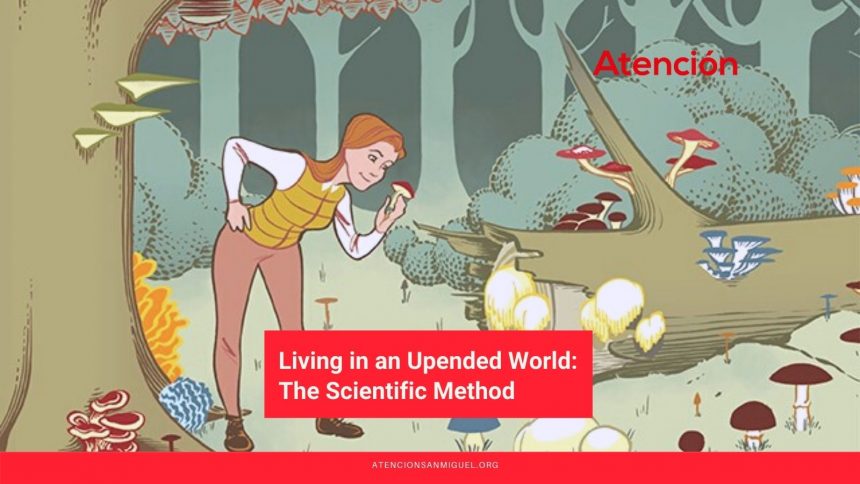By Natalie Taylor
As we head toward a vaccinated world and perhaps herd immunity, it’s interesting to assess how we got here. It has been very frustrating for scientists and the public that the novel coronavirus has been so elusive in providing answers about itself. A major part of the problem is that it sprang upon us suddenly, devastatingly attacking humans, not giving us a chance to study all its characteristics. Another problem: it’s a shape-shifter, not just in its composition, but in the way it reacts differently in different people. Some become infected and never show symptoms, others have a mild response, and some become severely ill and die.
Wouldn’t it be lovely if we could turn to science and get concrete and consistent answers to questions? Unfortunately, that’s never the case because that is not how science works. In very brief terms, the scientific method means gathering data (always a lengthy process), drawing a working hypothesis (idea), then testing until the results validate the hypothesis. But this leads to many detours along the way as researchers follows different threads in the quest for answers. Like searching for that tasty edible mushroom in the forest: You might start north, but then a clue leads you east, then south, and who knows where else, until you finally get to the right one—not the toxic look-alike but the real one.
After a year, we do have some answers about COVID-19. We know that some populations, like the elderly or people with certain underlying illnesses, are more vulnerable. We know the virus is airborne and that universal masks to protect yourself and others are effective. Good ventilation and social distancing appear to minimize the potential of infection. A healthy body—not obese, non-diabetic, good lung function uncompromised by smoking or other pulmonary illness—seems to offer protection.
But there are still myriad unanswered questions. Why so many who fall within those categories do not suffer major consequences, while others outside those parameters suffer the ultimate outcome: death?
Two other important questions are still up in the air. The answer to them could represent a significant path in one direction or another. The first question is whether the amount of virus (viral load) taken in is related to the severity of the illness. It is the case with many other viruses that exposure is correlated with severity, but in the case of the novel coronavirus, the answer is still inconclusive. The second major question is whether mild exposure to the virus has the same effect as a vaccine; that is, does it make you immune without having gone through a severe manifestation of the disease? This is called variolation.
So we have made significant steps in understanding this virus, and most significantly, we now have vaccines to stop its spread. But we don’t have all the answers, including how vaccination will work long term on the global scale. And yet, it’s important to understand that not having exact answers is not scientists’ fault. Remember, they are in that metaphorical forest, looking under every tree, hoping to reach that elusive mushroom.

